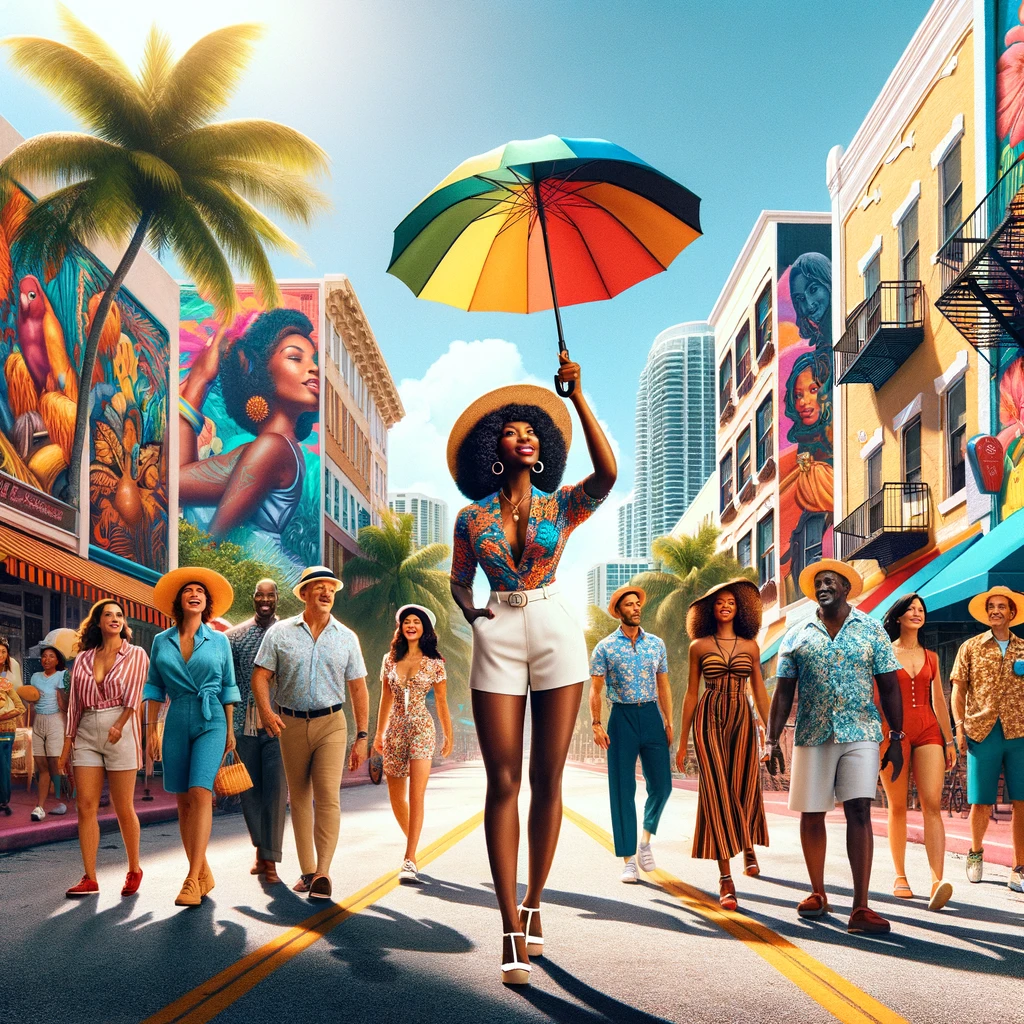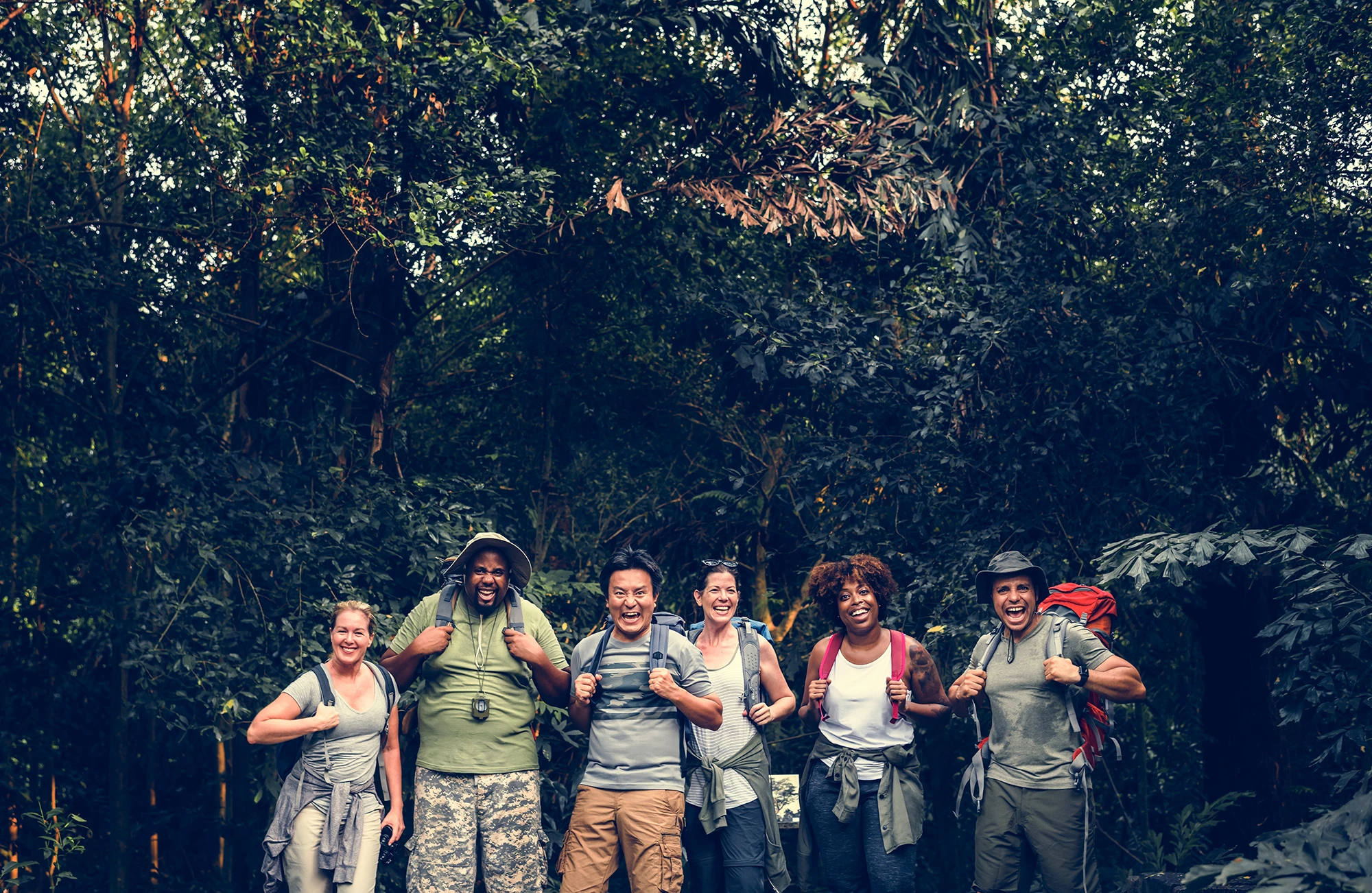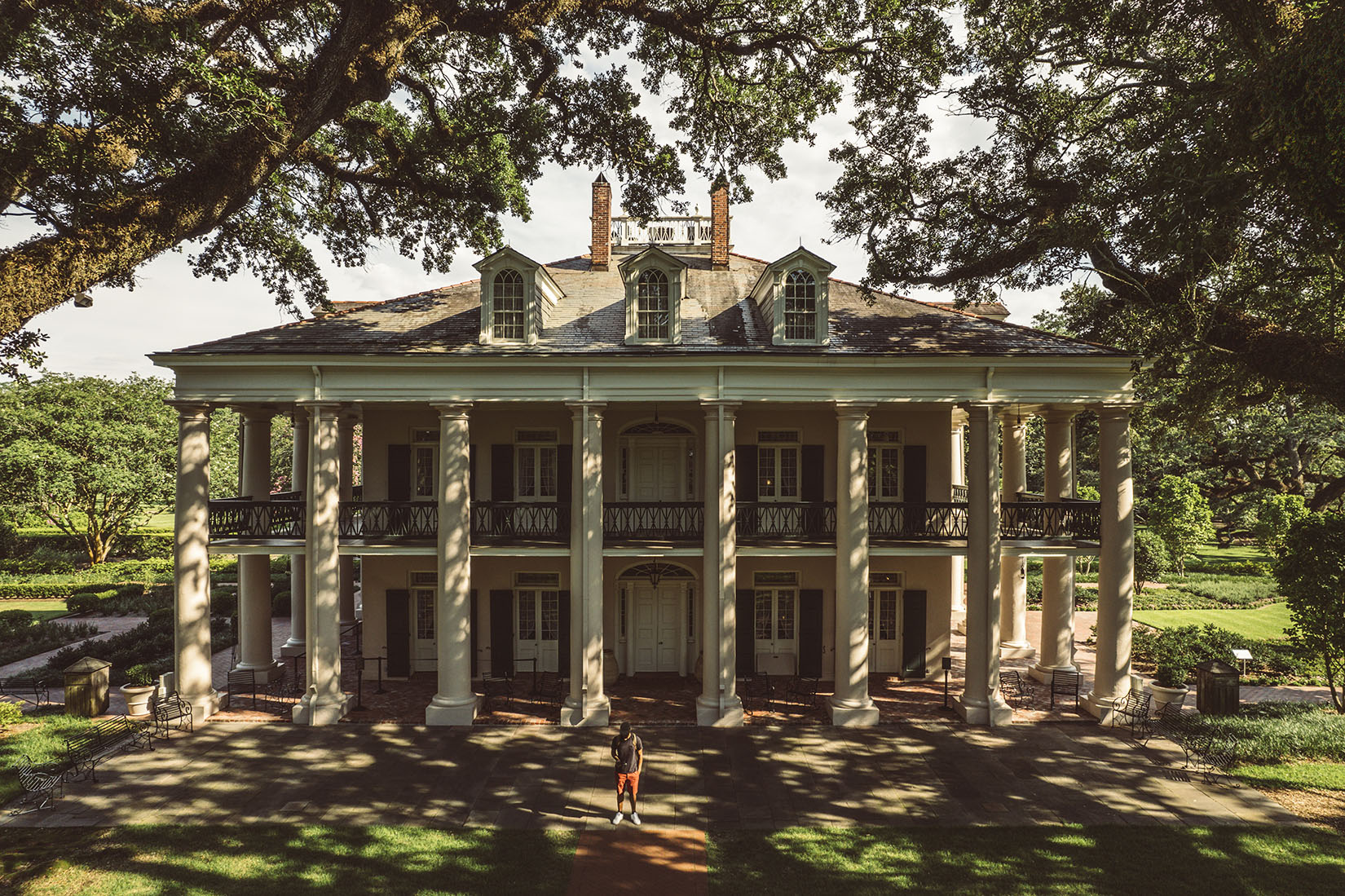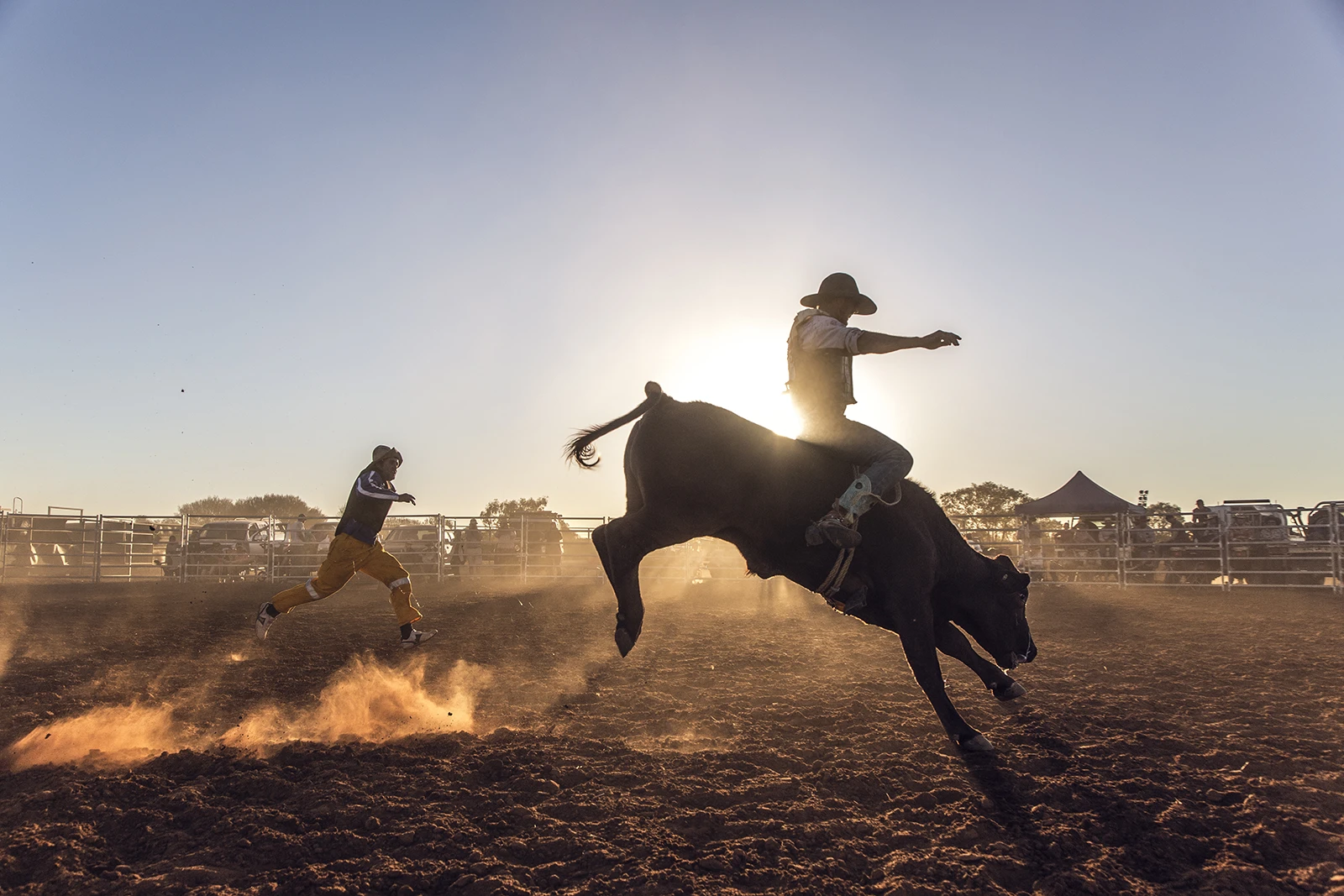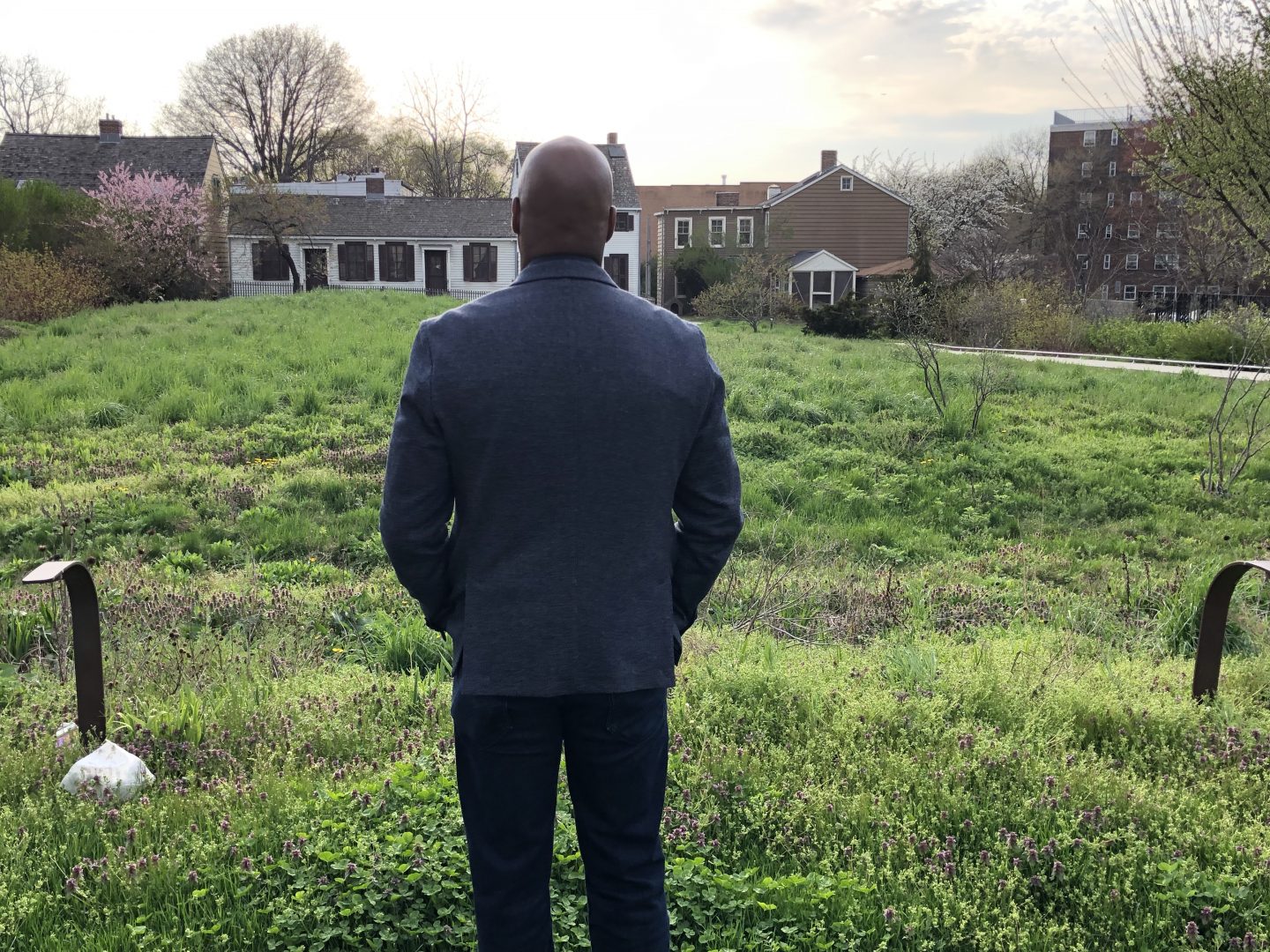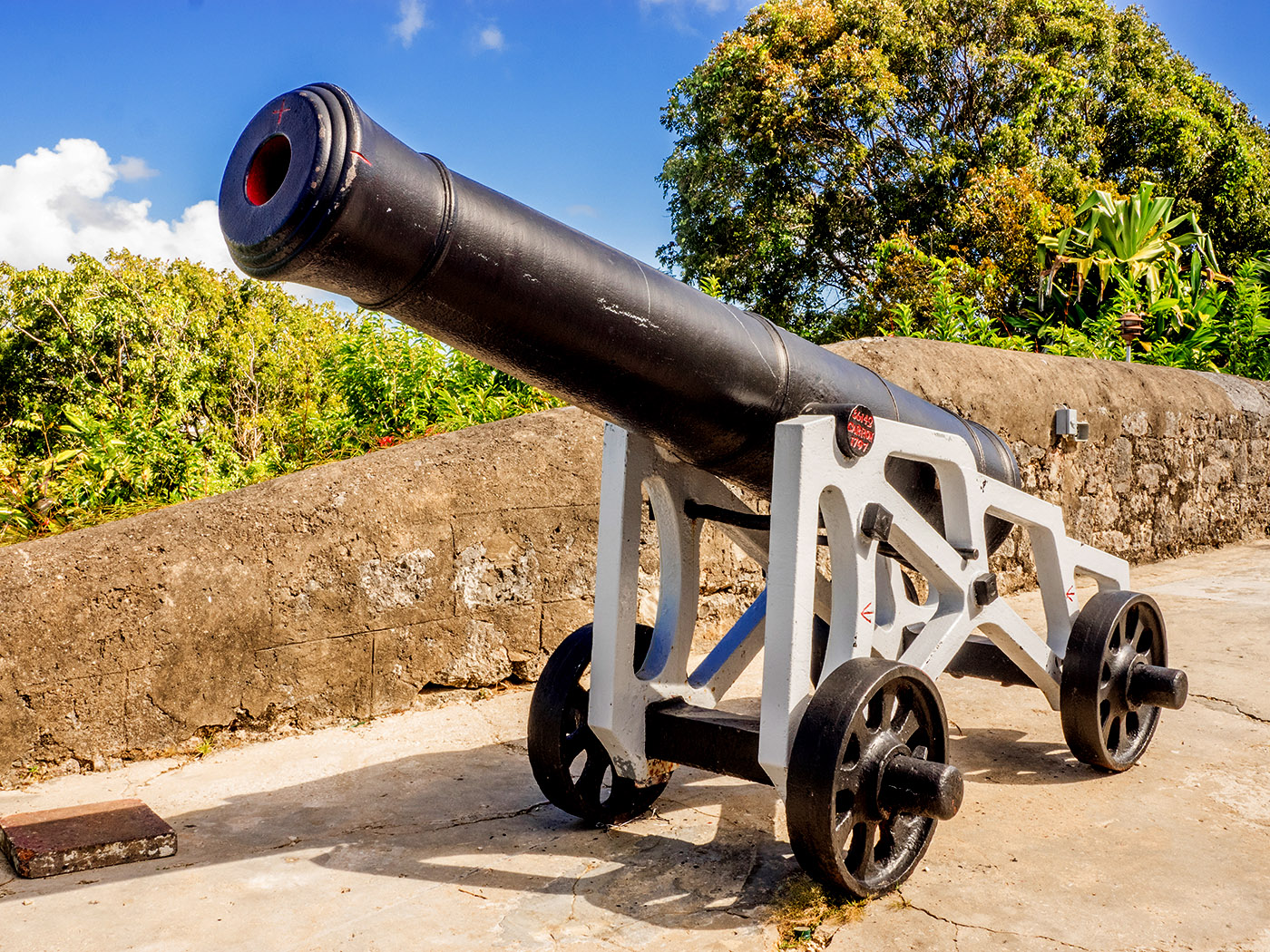
Visit These Historic Black Sites
Barbados has a rich history, from its beginnings as a birthplace of the British slave society to its recent removal of Queen Elizabeth II as head of state. It hasn’t always been easy to find Barbados’ African history. It also hasn’t always been well-interpreted for visitors. Still, with the leadership of Prime Minister Mia Mottley, efforts are being made to preserve and celebrate it with both locals and visitors. Here are 10 places of Barbadian cultural significance you should visit.
BUSSA EMANCIPATION STATUE
Created in 1985 by Barbadian artist Karl Broodhagen, this statue is located in St. Michael and symbolizes “the breaking of the chains of slavery.” The subject of this art is Bussa, a national hero who led an army of slaves against the British colonial militia. The rebellion lasted for two weeks and resulted in Bussa’s soldiers ruining over one-fifth of the island’s cane fields and over £170,000 in property damage. It’s noted in Bajan history as the island’s largest rebellion.
GUN HILL SIGNAL STATION
The British created signal stations after Bussa’s Rebellion. The stations allowed the British to view the entire island and sound the alarm during an invasion. In present-day Barbados, Gun Hill Signal Station contains a collection of military memorabilia and is situated on a scenic hilltop in the parish of St. George. It serves as a tourist site where visitors can relax or dine while overlooking every coast on the island.
In reviews, visitors have raved about the cafe’s coffee, proclaiming it the island’s best.
TYROL COT HERITAGE VILLAGE
Tyrol Cot Heritage Village is a hidden gem not heavily advertised. Tyrol Cot was the home of Grantley Adams, the first premier of Barbados and the only Prime Minister of the Federation of the West Indies. The house is filled with antique furniture and Adam’s memorabilia. In Heritage Village, you can explore staged chattel houses that exemplify Bajan heritage and the “Old Barbados” village life. You’ll also find a re-enacted slave hut and a standpipe that provided water to the villages. Onsite, a traditional rum shop serves cocktail favorites, sandwiches (or, as Bajans say, “cutters”), and fish cakes. Leather goods, ceramics, pottery, clothing, art, and local confectionery can also be purchased. It’s recommended that you book your tour early. Tyrol Cot tours sell out quickly, so I recommend booking with Chattel House Audio Tours for a deep dive into the African history of the village.
GOLDEN SQUARE FREEDOM PARK
In November 2021, Barbados became a republic and removed Queen Elizabeth II as head of state. Golden Square Freedom Park was opened to commemorate this milestone and honor Barbadians of the past, present, and future. Located in the heart of Bridgetown, this park was established in the same location where Clement Payne often held public meetings encouraging Black Barbadians to resist the oppression of the White plantation owners. The park features several walls inscribed with Bajan family names, capturing 500 years of history.
HEROES SQUARE
Heroes Square is an excellent pit stop to make on your way into Bridgetown. The square’s a prime location for many cultural events and is a great area to relax and people watch as you soak in the Bajan culture. Its historic buildings and monuments include a cenotaph honoring Barbadians who died at war, and the Dolphin Fountain commemorates the introduction of piped water to Bridgetown in 1861. One can view the Parliament Buildings, St. Michael’s Cathedral and Chamberlain Bridge from the square. When the slave trade was at its height, many enslaved people were bought and sold in this area. There is a plaque near the taxi rank in memory of those shipped into Barbados to harvest sugar. It’s presently a harbor for cruises and boat tours and — fun fact — all distances measured in Barbados are calculated from this square.
BARBADOS MUSEUM AND HISTORICAL SOCIETY
This museum is housed in 19th-century military prison buildings and centers around the island’s deep history, culture, and heritage. The Shilstone Memorial Library contains rare West Indian documents, photographs, and scarce books that encourage research on family history. Some of the popular museum displays include artifacts of the Amerindians, the early inhabitants of the Caribbean islands. There’s also a children’s gallery, “Yesterday’s Children,” which provides a fun and educational travel back into history, a reference library on the island’s history and genealogy, furnishings of an 18-century plantation house, and a natural history display that describes the coral structure of Barbados. The museum shop sells authentic Barbadian souvenirs such as prints, 18th-century maps, and books.
THE NEWTON SLAVE BURIAL GROUND
Located close to a former slave village, this burial ground at Newton, Christ Church, is one of the largest excavated slave cemeteries in the entire world. A little over 500 enslaved men, women and children from the Newton Plantation were buried on this land. It’s definitely a site where you’ll need a tour guide. While chatting with Chattel House Audio Tours, they revealed that no structures have ever covered or disturbed this plot of land, but in November 2022, Ghanaian-British architect David Adjaye will unveil his design of the new Barbados Heritage District in Newton Plantation. The Heritage District will include a memorial, a major global research institute and a museum dedicated to accurately recounting the historic and contemporary impact of slavery on Barbados.
ROCK HALL FREEDOM VILLAGE
Rock Hall was the first village for free slaves. It was established in 1841, just five years after emancipation, and is located in St. Thomas, Barbados. Presently, there are no remnants of Rock Hall Village, but a 20-foot stainless steel statue, designed by Mr. Stanton Haynes, is at the center of this location. Haynes’ monument pays homage to a family of three freed ex-slaves. Construction is presently taking place to create Rock Hall Freedom Park. The park will transform this site into a large space for cultural and creative arts productions. It will feature an amphitheater, performance stage, playpark with basketball and road tennis facilities, and host shops that only contain work from artisans of the St. Thomas parish. In the upcoming years, it will surely be a sight to see, but for now, visitors can pay homage to these freed slaves who made history.
Author
Book An Experience
Melanin Miami
Discover Miami's African American heritage on the Melanin Miami Tour, a exploration of cultural landmarks and Black-owned businesses.
Share this article
Discover Sepi Stories

-
8553 N Beach Street Suite 138
Ft Worth, TX 76244
- Become a Vendor
- Home
- My Passport (Coming Soon)
- Book Experiences
- Edit Profile
- Login
- Logout
Support
- FAQs (Coming Soon)
- Phone: 641-754-0072
- Email: contact@rfc.jfk.mybluehost.me
- Sitemap
- Privacy Policy
- Terms & Conditions
- Non Discrimination Policy

-
8553 N Beach Street Suite 138
Ft Worth, TX 76244
- Become a Vendor
- Home
- My Passport (Coming Soon)
- Book Experiences
- Edit Profile
- Login
- Logout
Support
- FAQs (Coming Soon)
- Phone: 641-754-0072
- Email: contact@rfc.jfk.mybluehost.me
- Sitemap
- Privacy Policy
- Terms & Conditions
- Non Discrimination Policy
Sepi LLC © All rights reserved 2024.

